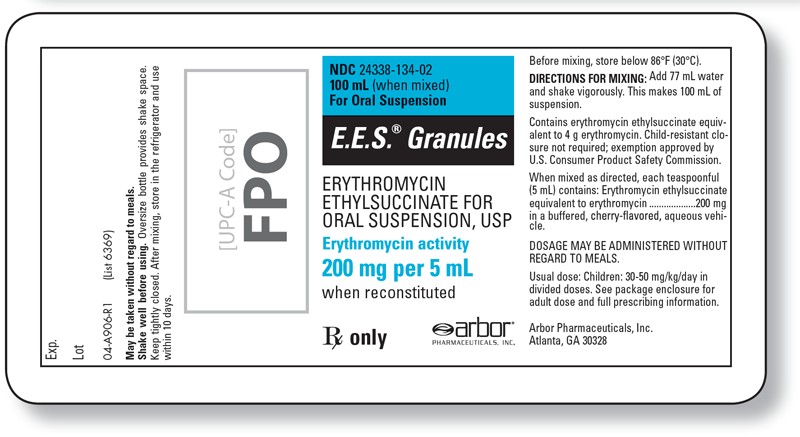The nurse is caring for a 3-year-old child newly diagnosed with type 1 diabetes
When developing the plan of care for this child, the nurse incorporates challenges the child faces that the adult does not, which includes what? (Select all that apply.)
A) Children have a faster metabolic rate.
B) Growth must be balanced with diet and activity.
C) Insulin dose may be so small it is hard to calibrate accurately.
D) Increased resistance by child to dietary restrictions is common.
E) Changing metabolism makes regulating insulin difficult.
A, B, C
Feedback:
Treatment of diabetes in children is a difficult challenge of balancing diet, activity, growth, stressors, and insulin requirements. Children need to be carefully monitored for any sign of hypoglycemia or hyperglycemia and treated quickly because their fast metabolism and lack of body reserves can push them into a severe state quickly. Insulin dosage, especially in infants, may be so small that it is difficult to calibrate. Insulin often needs to be diluted to a volume that can be detected on the syringe. It is usually during adolescence when increased resistance to dietary restrictions and changing metabolism makes regulating insulin difficult so this would not be part of the plan of care for a 3-year-old.
You might also like to view...
An anatomy and physiology instructor scratches chalk across the blackboard causing a screeching sound. Several students get a feeling like their "hair is standing on end
" This response is part of the sympathetic stress reaction and is called what? A) Diaphoresis B) Diuresis C) Piloerection D) Vasoconstriction
A client is admitted to the hospital with a diagnosis of pneumonia. The client informs the nurse that he has several drug allergies. The physician has ordered an antibiotic as well as several other medications for cough and fever
What should the nurse do prior to administering the medications? A) Administer the medications that the physician ordered. B) Call the pharmacy and let them know the client has several drug allergies. C) Consult drug references to make sure the medicines do not contain substances which the client is hypersensitive. D) Give the client one medicine at a time and observe for allergic reactions.
A client is diagnosed with a communicable disease, and must be placed in isolation. The nurse would identify which diagnosis as a priority for this client?
1. Social Isolation. 2. Anxiety. 3. Acute Pain. 4. Imbalanced Nutrition: Less than Body Requirements.
After this medication has been reconstituted, the container holds ________ mL of medication. 
Fill in the blank(s) with the appropriate word(s).